Small tree suggestion?
dlbk
10 years ago
Related Stories
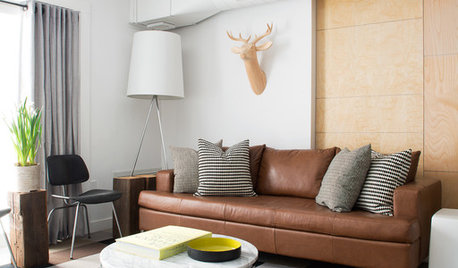
HOUZZ TOURSHouzz Tour: Nature Suggests a Toronto Home’s Palette
Birch forests and rocks inspire the colors and materials of a Canadian designer’s townhouse space
Full Story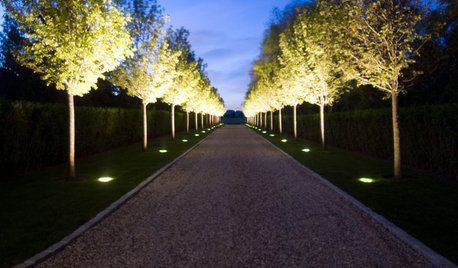
LANDSCAPE DESIGN6 Suggestions for Harmonious Hardscaping
Help a sidewalk, driveway or path flow with your garden design, for a cohesive and pleasing look
Full Story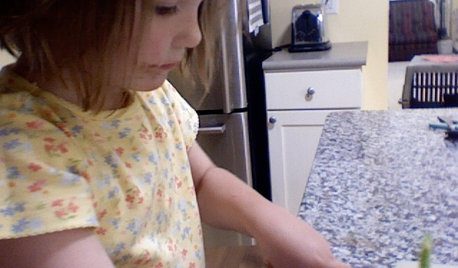
LIFEInviting Kids Into the Kitchen: Suggestions for Nurturing Cooks
Imagine a day when your child whips up dinner instead of complaining about it. You can make it happen with this wisdom
Full Story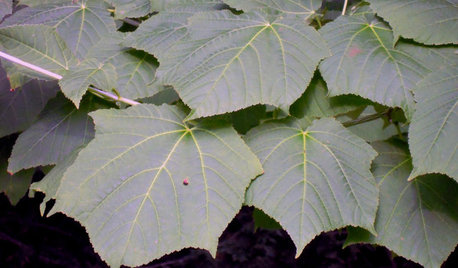
GARDENING GUIDES5 Amazing Small Maple Trees
There's more to maples than syrup. Expand your maple milieu with any of these 5 small and unusual trees
Full Story
GARDENING GUIDESTree Care: Common Tree Diseases and What to Do About Them
Learn to recognize trees that may be affected by diseases or pests so you can quickly take action
Full Story
GARDENING GUIDESHow to Keep Your Trees Healthy
Ensure your trees’ vigor for years to come with these tips for protecting roots, watering effectively and more
Full Story
GARDENING GUIDES5 Best-Behaved Trees to Grace a Patio
Big enough for shade but small enough for easy care, these amiable trees mind their manners in a modest outdoor space
Full Story
FARM YOUR YARDIf You Have Room for Only One Fruit Tree ...
Juice up a small garden with one of these easier-care or worth-the-effort fruit trees for a mild climate
Full Story
LANDSCAPE DESIGNPretty Trees for Patios, Paths and Other Tight Spots
Choose trees for their size, shape and rate of growth — or shape them to fit your space. Here's how to get started
Full Story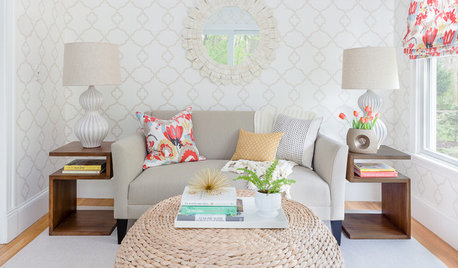
DECORATING GUIDESAsk an Expert: How to Decorate a Small Spare Room
It can be difficult to know what to do with that tiny extra room. These design pros offer suggestions
Full StoryMore Discussions







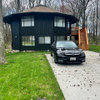

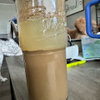
dlbkOriginal Author
gardengal48 (PNW Z8/9)
Related Professionals
Ballenger Creek Landscape Architects & Landscape Designers · Clermont Landscape Contractors · Edmond Landscape Contractors · Bedford Heights Landscape Contractors · Nanuet Landscape Contractors · Snoqualmie Landscape Contractors · Uxbridge Landscape Contractors · Castle Rock Decks, Patios & Outdoor Enclosures · Coatesville Decks, Patios & Outdoor Enclosures · Des Moines Decks, Patios & Outdoor Enclosures · Portland Decks, Patios & Outdoor Enclosures · Springfield Decks, Patios & Outdoor Enclosures · Urbana Decks, Patios & Outdoor Enclosures · Westfield Decks, Patios & Outdoor Enclosures · Brenham Swimming Pool BuildersYardvaark
danarachelle77
danarachelle77
gardengal48 (PNW Z8/9)
Yardvaark
missingtheobvious
dlbkOriginal Author
Yardvaark